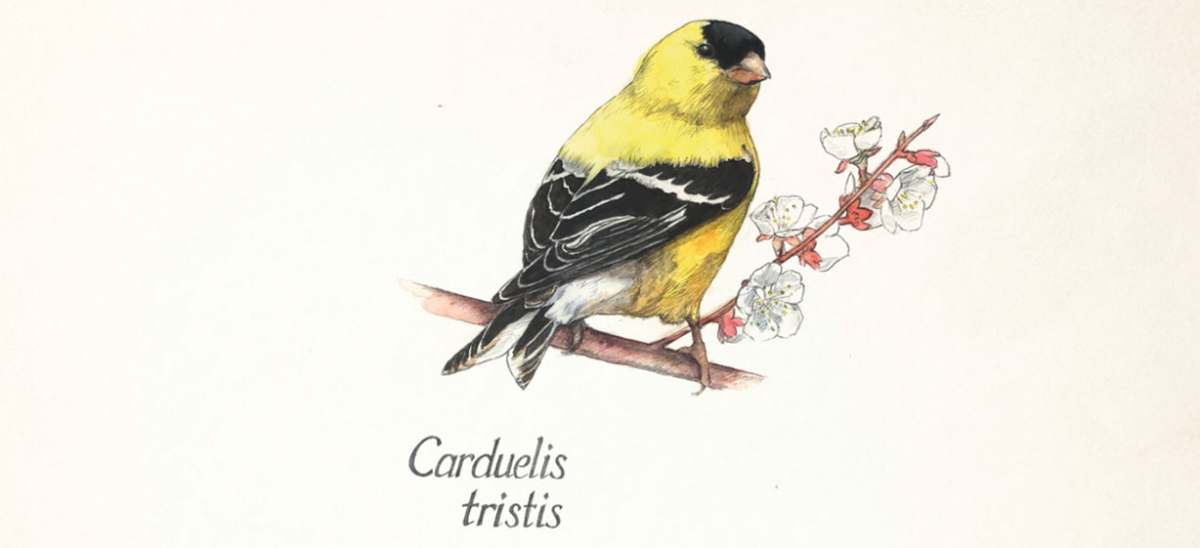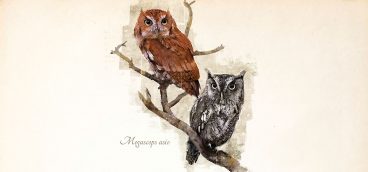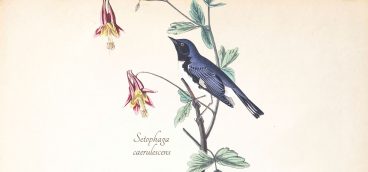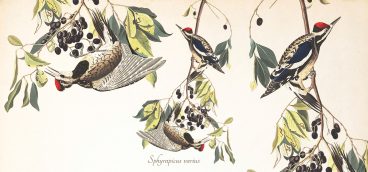
The potato chip bird. that’s how my students remember it. At first, they think it’s a canary. I show them pictures on the opening day of class, and they see yellow and call out “Big Bird?” “No,” then, “Canary?” “Wrong continent.” That’s before they’ve learned to use their eyes and ears again to recognize what’s just outside the window.
Potato chip bird. American Goldfinch. Bright yellow males and more modest yellowy-brown females sit on my thistle feeder, tiny buttercups, and eat ‘til they are filled. They’re a bit of sunshine, the bright yellow bird that regularly comes to Eastern feeders. When they fly, they call per-chik-o-ree, at least according to the major field guides, but to my teen-aged students, it sounds like potato chip. I’m pleased they’ve found a mnemonic that fits, and the birds don’t seem to mind.
Goldfinches spend the winter in drab flocks. At just under half an ounce, they’re remarkably adapted to surviving cold. They fluff up, trapping air in downy layers just like a coat, and hope for a full thistle feeder to power them through, though they’ll find seeds year ‘round in the absence of human help. By March, a spring molt begins to allow males to put on their lemon yellow, black-capped breeding finery (females stay drab yellow), and their changeover is one of the best ways for my students to see the shifting plumage that makes breeding birds so colorfully memorable. Because goldfinches overwinter in the region, their feather shifts can be observed on a daily basis at the feeder. In my opinion, no other feeder bird in western Pennsylvania demonstrates molt so effectively. Males are olive-yellow one week, then explosively sunshine bright the next.
Molt is done by late spring, but nest construction waits. While other birds are laboring to build nests, brood eggs and tend chicks, American Goldfinches are carefree birds of early summer, like eager school kids relaxing in vacation months. They’ll bob their bobbing flight and sing potato chip, potato chip from tree to bush to tree as carefree as the summer day is long.
It’s not until July that nests are usually built, typically in edgy habitat like shrubs or forbs in proximity to food supplies: seeds and the occasional insect. In the days of high summer, females layer plant fibers with downy fluff from thistle, cattails, dandelions, or willow—soft linings for their white eggs, just tinged with the faintest summer sky blue. Four to six eggs are most common, hatching after about two weeks.
Once the birdlings crack their way into the world, they’re fed regurgitated seeds by attentive parents who in a fortnight coax their brood out of the nest and across fields of late summer gold.
Good quality thistle is available through the Audubon Society of Western Pennsylvania, our friends to the birds (aswp.org). Join them or the Three Rivers Birding Club (3rbc.org) for a bird walk this spring to spot American Goldfinches and other spring visitors, including warblers and year-round residents in breeding plumage, full of song.





